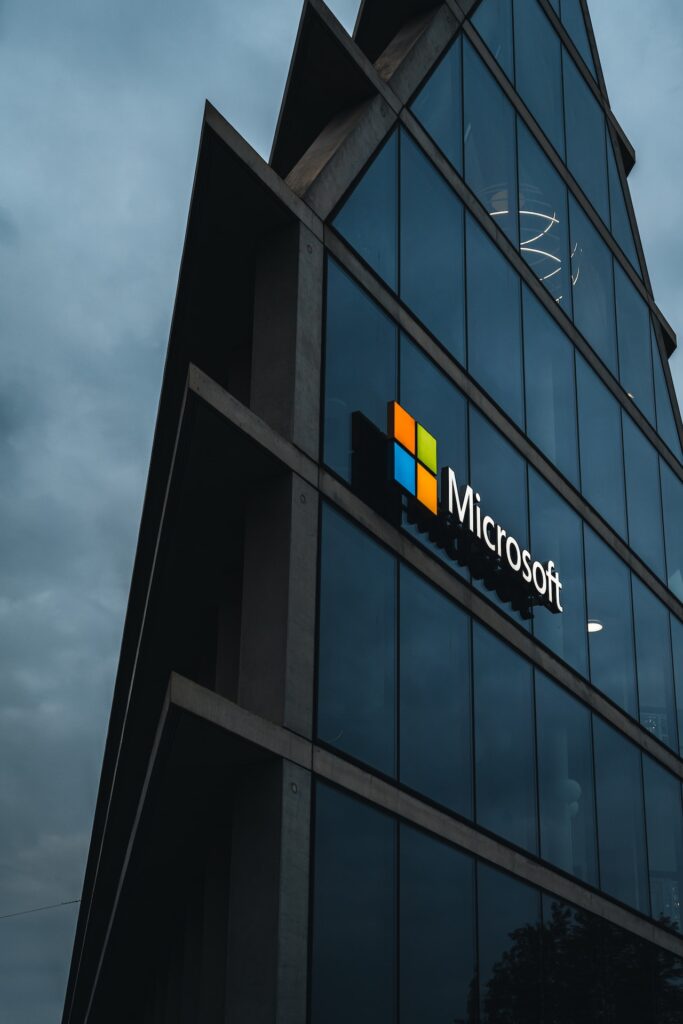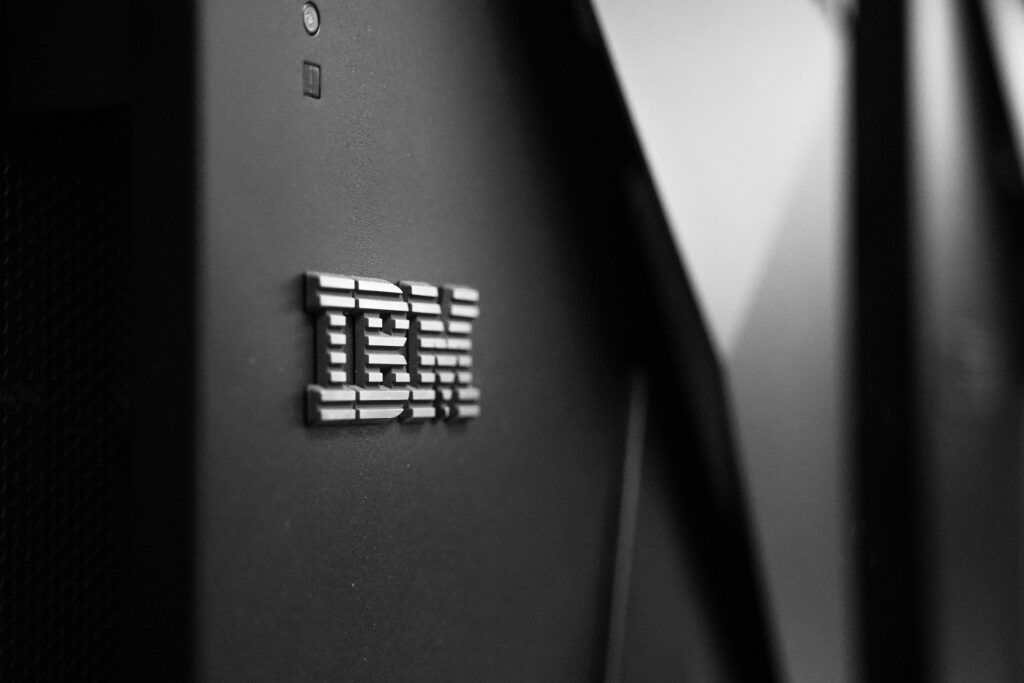As technology continues to advance and our world becomes more interconnected, the trend of remote work has witnessed a significant rise in popularity.The ability to work from home or anywhere in the world has revolutionized the workplace and changed the way we think about work. In this blog, we will explore the advantages and challenges of remote work, the tools and technologies for successful remote work, and how to build a remote work culture. Introduction to Remote Work and Its Rise in Popularity Remote work, also known as teleworking or virtual work, encompasses the practice of carrying out professional duties from a location other than the conventional office environment.When it comes to remote work, the possibilities are endless, ranging from working in the comfort of your home to exploring new destinations across the globe. The rise of remote work can be attributed to several factors, including advances in technology, a desire for work-life balance, and the need for more flexible work arrangements. According to a recent study by Buffer, 98% of remote workers would like to work remotely at least some of the time for the rest of their careers. This shows that remote work is not just a passing trend, but a permanent shift in the way we work. The Benefits of Remote Work: A Win-Win for Employees and Employers Embracing remote work opens up a world of opportunities, bestowing remarkable advantages upon both employees and employers, transforming the way we work and thrive in today’s dynamic landscape. For employees, remote work can provide a better work-life balance, reduce stress and commuting time, and offer more flexibility. In addition, remote work can lead to increased job satisfaction and lower turnover rates. Employers can also benefit from remote work. Remote work can reduce overhead costs associated with maintaining a physical office, increase productivity, and attract and retain top talent. In addition, remote work can lead to a more diverse workforce, as companies can hire employees from anywhere in the world. Remote Work Statistics and Trends Remote work is on the rise, and the statistics prove it. According to a study by Global Workplace Analytics, the number of people who work remotely has increased by 140% since 2005. In addition, 80% of employees say they would turn down a job that didn’t offer flexible work arrangements. The rise of digital nomads has become a prominent aspect within the remote work culture. Digital nomads redefine work by combining remote employment with global exploration. According to a recent study by Upwork, 36.2 million Americans will be working remotely by 2025, an increase of 16.8 million people since before the pandemic. This shift towards remote work is likely to continue in the future, as companies realize the benefits of remote work and employees demand more flexibility. Mastering Remote Work Challenges: Effective Strategies for Success Although remote work provides numerous benefits, it also brings forth a set of unique obstacles that need to be addressed. One of the biggest challenges is communication. When working remotely, it can be difficult to stay connected with colleagues and communicate effectively. To overcome this challenge, companies can use tools like video conferencing, instant messaging, and project management software to facilitate communication. Maintaining a healthy work-life balance poses a significant challenge in the realm of remote work. One of the hurdles of remote work is effectively managing the boundary between work and personal life. To overcome this challenge, it’s important to establish clear boundaries between work and personal time and create a dedicated workspace. Tools and Technologies for Successful Remote Work To ensure successful remote work, it’s important to use the right tools and technologies. Some essential tools for remote work include video conferencing software, project management software, and instant messaging platforms. These tools can help remote workers stay connected and collaborate effectively with colleagues. To manage remote work effectively, companies can use a variety of tools and apps. Here are some of the most popular tools for managing remote work: 1. Time Tracking Tools Time tracking tools can help companies monitor employee working hours and ensure that employees are working the required number of hours. Some frequently utilized time tracking solutions are Toggl, Harvest, HourStack, Timely, TrackingTime, as well as RescueTime. 2. Project Management Tools Project management tools can help teams collaborate and manage projects effectively. Wrike, Jira, Asana, Trello, and Basecamp are some of the leading project management tools that are highly favored by professionals across different sectors. 3. Communication Tools Effective communication tools play a crucial role in fostering seamless collaboration and maintaining connectivity among remote teams.Popular communication tools include Slack, Zoom, and Microsoft Teams. In addition, cloud-based storage solutions like Dropbox and Google Drive can make it easy to access and share files from anywhere in the world. This can be especially helpful for remote teams working on the same project. How to Build a Remote Work Culture Building a remote work culture is essential for creating a successful remote team. This involves establishing clear communication channels, setting expectations, and creating a sense of community. Companies can do this by hosting virtual team-building activities, providing opportunities for professional development, and offering flexible work arrangements. It’s also important to establish a set of core values that reflect the company’s culture and mission. This can help create a shared sense of purpose among remote workers and foster a sense of belonging. Essential Tips to Maintain High Productivity When Working from Home Finding the right balance between remote work and productivity can be demanding when working from home. To stay productive while working from home, it’s important to establish a routine and create a dedicated workspace. This can help create a sense of structure and reduce distractions. Remember to pause and engage in physical activity throughout the day to enhance productivity and promote a healthy work-life balance. This can help improve focus and productivity. In addition, setting clear goals and deadlines can help ensure that work is completed on time and to a high standard. Remote Work vs






